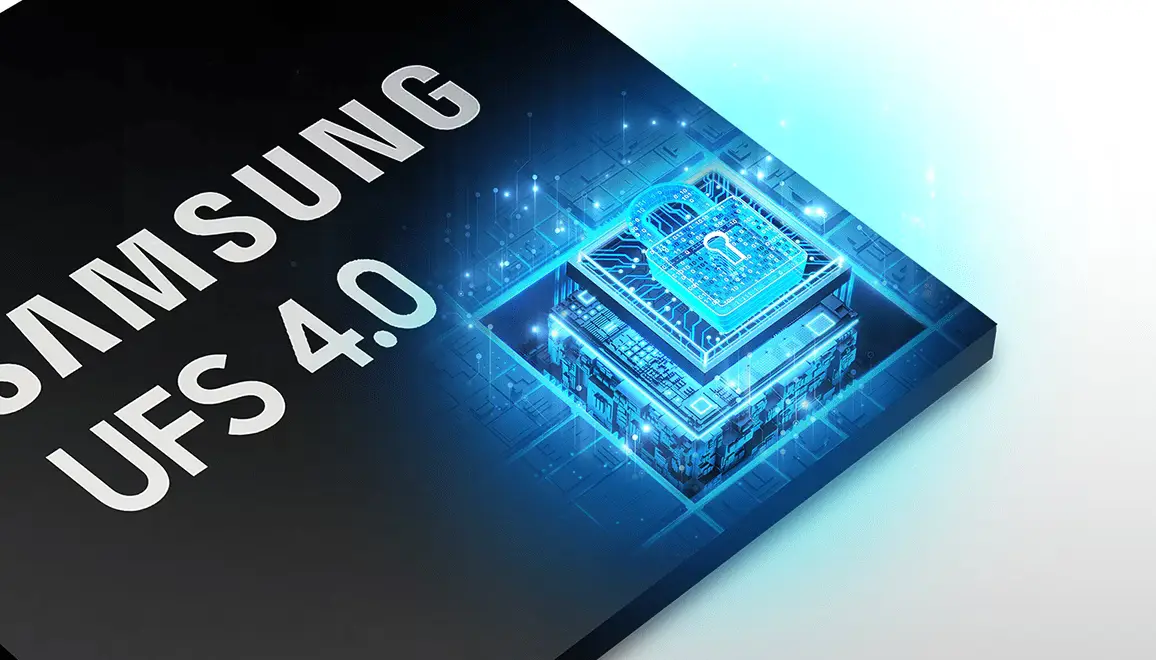Tech
Google Authenticator introduces sync with account feature

Google Authenticator is a software-based authenticator of Google that implements a two-step verification service using the time-based one-time password algorithm. Google has recently brought the support of Google Account synchronization to it. With the help of this new update, the authenticator can safely back up our one-time codes (OTPs) to our Google Account.
Let us tell you; Google Authenticator was launched in the year 2010 as a free and easy way to add two-factor authentication to bolster user security while signing in. Their goal is to make a passwordless future. That’s the main reason Google continuously brings various optimizations and novelties to the Google Authenticator app. Regarding bringing the support of Google Account synchronization, it was highly demanded by the users.
Previously, in Google Authenticator, one-time codes can only be stored in a single device which means if the user lost their device, there left no other way to sign in to any service on which they’d set up 2FA using the authenticator. But now there will no longer be issues like that thanks to Google Account synchronization’s support which will make one-time codes more durable as it stores them safely in users’ Google Accounts.
Besides these one-time codes from Authenticator, Google has also been rolling out several options for secure authentication across the web. Google Password Manager also makes users’ security better by saving passwords that also help to make signing easier and faster in Chrome and Android. You can experience the new Authenticator app by updating the application. It sure will strengthen your device and data security.
Tech
Here’s The Key Fact Why UFS 4.0 Memory Just Got Faster

The fact is, other storage facilities can’t replace the device’s local storage; it remains an essential factor yet.
Despite cloud storage, smartphone storage remains crucial, and UFS 4.0 makes phone storage faster than ever before, but the fact is there is always room for improvement. The latest UFS chipsets run at the same speed as an SSD; however, a brand founded by Toshiba has managed to make the UFS 4.0 standard even more efficient.
Kioxia is a Japanese multinational computer memory manufacturer that develops, produces, and sells flash memory and SSDs, and now it has recently introduced chips that arrive with storage capacities of 256 GB, 512 GB, and 1 TB.
Kioxia Revs Up UFS 4.0 Memory Standard
The brand has now revealed the THGJFMT1E45BATV, THGJFMT2E46BATV, and THGJFMT3E86BATZ chips that offer 50% faster random writing in an 18% smaller area. The chips have their particular size based on their storage capacities, which are mentioned below:
- 256GB and 512GB chips: 9.0 x 13.0. x 0.8mm
- 1TB chip: 9.0 x 13.0 x 0.9mm
Kioxia has equipped the new UFS 4.0 chips with BiCS Flash 3D NAND, making them 18% smaller as compared to the previously announced 11 x 13mm chips. The write speed of the new UFS chips has been boosted by 15%, and the random write speed has increased by as much as 50%, with a 30% rise in random read speed as well, although the maximum read limit remains unchanged at 4.640 MB/s.
It is also announced that the production of the 256GB and 512GB variants of these new UFS chips will begin by the end of this month, whereas the 1TB variant will go into production in June.
Tech
Nintendo Switch 2 Could Use 5th-Generation V-NAND Of Samsung

The forthcoming Nintendo Switch 2 could use the 5th generation V-NAND of Samsung, as the report says.
If the recent reports are to be believed, the Nintendo Switch 2 may use the Korean giant’s 5th generation V-NAND. If this comes true, then this will be a huge boost up from its predecessor, judging from some recent findings.
This is being speculated by a YouTube video shared by Doctre81, a former Samsung worker who was the backbone for designing a NAND Flash Controller gadget for a Nintendo game card, which could indicate that the Nintendo Switch 2 is expected to use Samsung’s 5th-generation V-NAND technology.
If this report comes true, then this technology will be an efficient upgrade from what is currently used on the Nintendo Switch, and it is essential for the forthcoming games that are expected to be quite bigger and ask for higher resolutions.
The Nintendo Switch 2 requiring faster read speeds than its predecessor is not that surprising, as it is using Samsung 5th-generation V-NAND. Even though it is, by today’s standards, a somewhat outdated technique, Samsung is already actively working on the 9th and 10th generations of V-NAND, which is expected to debut next year in 2025.
The up to 1.4 GB/s speed feature by the 5th generation should be enough for the forthcoming console and an actual major boost up as compared to its predecessor. It will be powered by NVIDIA technology. The T239 chipset will be a major boost over the Tegra X1 chipset housed in the current Nintendo system. It is also reported that it could support features like NVIDIA DLSS upscaling and ray reconstruction, which will likely make it the best ray-tracing-capable gaming system on the market.
Via – Wccftech
Tech
Snapdragon 8 Gen 4 Rumored to Increase Battery Needs

A new notice for the smartphone manufacturers who are looking forward to powering their forthcoming phones with Snapdragon 8 Gen 4: you all need to include a larger battery too.
The forthcoming smartphones must have ‘high-density’ batteries if they have Qualcomm’s next-generation Snapdragon 8 gen 4 processor. This is being speculated by the reports from the Digital Chat Station on Weibo, which state three flagship devices gearing up to run Qualcomm’s forthcoming chipset have started active development with 5,500mAh batteries.
The reports are reporting that the core material for such batteries is still being developed to support the Snapdragon 8 Gen 4, and the batteries could reach an overhead of 6,000 mAh to overfeed the processor’s power hunger.
The reports also stated that a reason behind the Snapdragon 8 Gen 4’s boosted power hunger could be due to its alleged 2+6 core setup. This rumored setup probably removes the chances for Qualcomm to consist of any effective cores, cutting down on how much power it draws.
Don McGuire, Qualcomm’s chief marketing officer, confirmed a few specs regarding the Snapdragon 8 Gen 4 at MWC 2024. He stated that users can expect the chip to arrive during the Summit in October and that it features Oryon CPU cores, plus the cores can output 2x greater CPU performance as well as 4.5x faster AI processing.
It is expected that the core will probably be escorted by Qualcomm’s seventh-generation modem, along with 5G and non-terrestrial network support for satellite communications functionalities. The reports also revealed that the chip could be built off the 3nm process of TSMC, and the cores could reach 4.0 GHz speeds. With Qualcomm seemingly going all in on power, somewhere, the latest rumors make a bit more sense.










